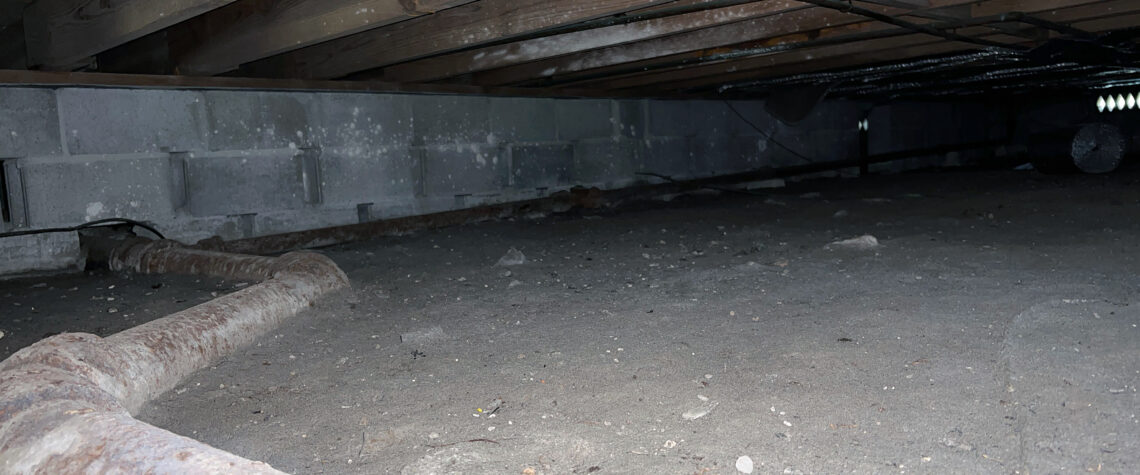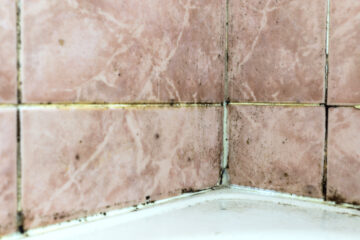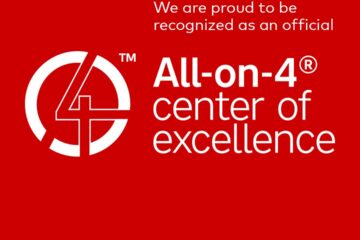Let’s shed some light on some common crawl space myths and separate fact from fiction!
Myth 1: Crawl space vents are necessary.
Truth: Most building codes require crawl space vents to aid in removing moisture from the crawl space. However, many building professionals are now recognizing that an unvented crawl space (or closing crawl space vents after the crawl space has had time to dry out after construction) is the best option in homes using proper moisture control and exterior drainage techniques for two reasons. First, ventilation in the winter is undesirable in order to keep crawl spaces warmer. Second, warm, moist outdoor air brought into the crawl space through foundation vents in the summer is often unable to dehumidify a crawl space.
Myth 2: Insulation is unnecessary in crawl spaces.
Truth: Another misconception is that insulation is unnecessary in crawl spaces since they are not livable areas. In reality, properly insulating crawl spaces can have several benefits. Insulation helps regulate temperatures, reducing heat loss in winter and heat gain in summer. It can also enhance energy efficiency and contribute to a more comfortable living environment. For years, standard building practice was to insulate underneath the floor over a ventilated, unconditioned crawl space. A better approach is to build a well-sealed, unventilated crawl space (i.e., build the crawl space like a basement) by sealing and insulating the foundation walls rather than the subfloor.
Myth 3: Encapsulating crawl spaces causes more harm than good.
Truth: Encapsulation is the process of sealing off a crawl space from the outside environment. Some homeowners worry that encapsulation can trap moisture and exacerbate problems. However, when done correctly, encapsulation can effectively control moisture, prevent mold growth, and improve indoor air quality. It creates a barrier that protects the crawl space and the rest of the home from moisture-related issues.
Myth 4: Crawl spaces don’t impact indoor air quality.
Truth: Many homeowners believe that crawl spaces have no bearing on the air quality inside their homes. However, the opposite is true. Crawl spaces can harbor mold, pests, and other pollutants that can find their way into the living spaces above. In fact, 50% of the air your family breathes on the first floor of your home comes directly from your crawl space! Addressing moisture by encapsulating can significantly improve indoor air quality, creating a healthier environment for you and your family.
Myth 5: DIY solutions are sufficient for crawl space maintenance.
Truth: While DIY solutions can be tempting to save costs, crawl space maintenance is not an area to cut corners. Professionals possess the expertise and knowledge to assess and address specific crawl space issues. They can recommend the best course of action tailored to your home’s unique needs, ensuring long-term success in maintaining a healthy crawl space.
Understanding the truth about ventilation, insulation, encapsulation, and the impact of crawl spaces on indoor air quality is essential to maintain your home in the proper way. You can ensure a healthier, more energy-efficient, and structurally sound home by seeking professional advice and adopting effective crawl space maintenance practices. Don’t let myths misguide you—empower yourself with the facts and take proactive steps towards a better healthier home.
If you are worried about your crawl space, book your free, no-obligation home inspection today with Frontier Foundation & Crawl Space Repair Services. We proudly serve Southwestern Kentucky, Middle Tennessee, and Northern Alabama.
You may also request a free book to learn more about Crawl Space Science. Please call 615-547-8701 to request today!
Devon Bagwell, Marketing Manager- trustfrontier.com, roofnashville.com













